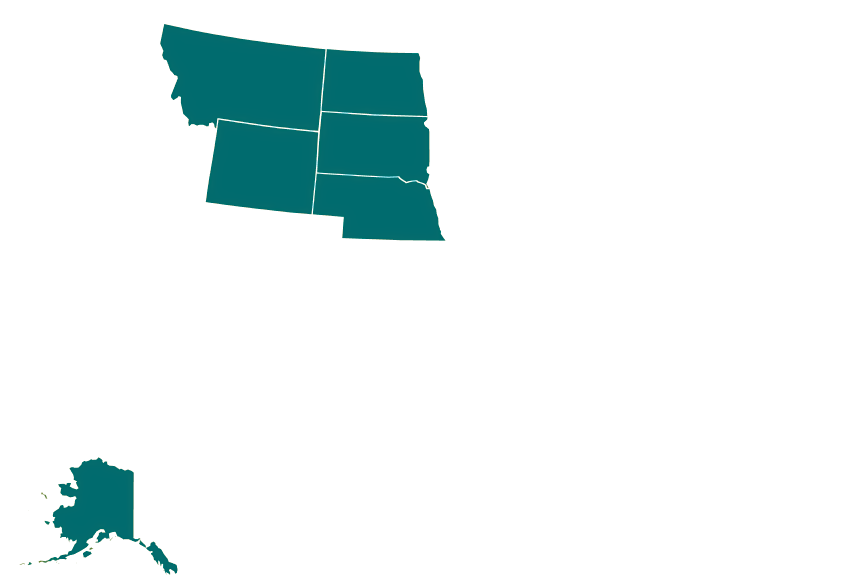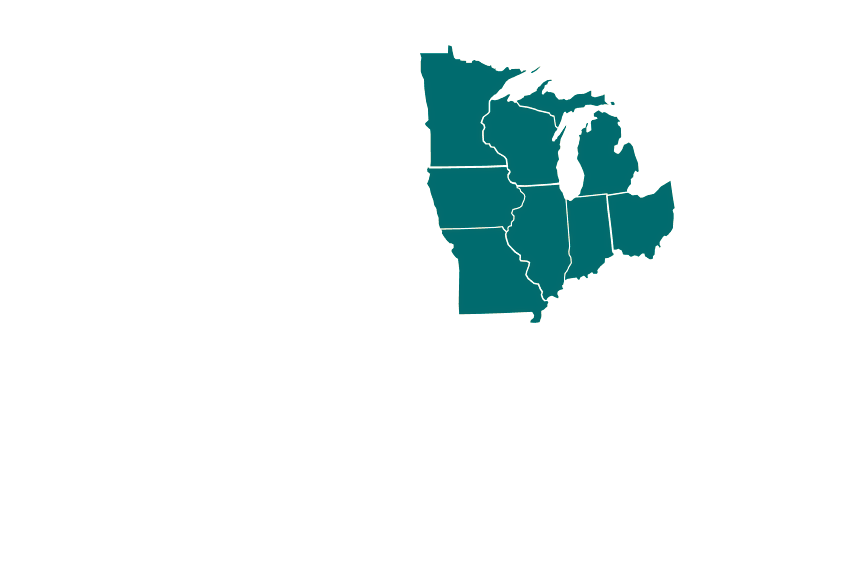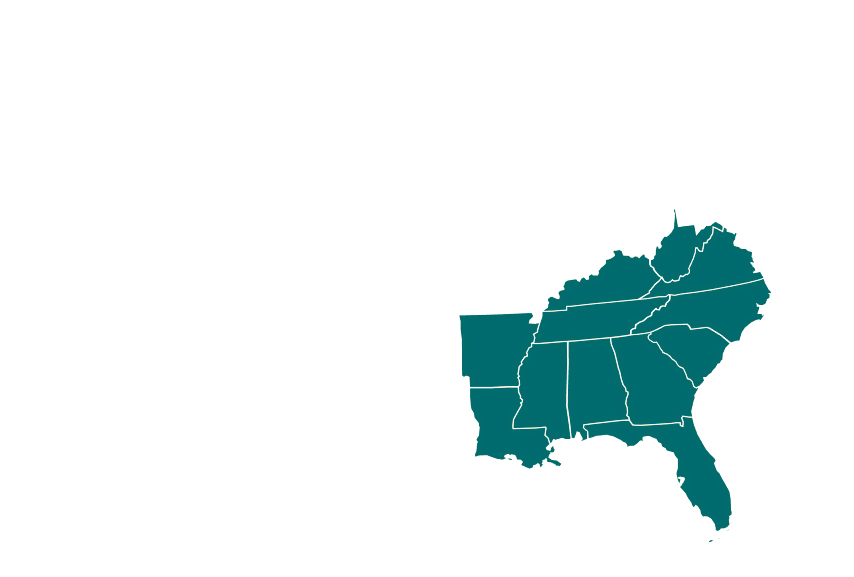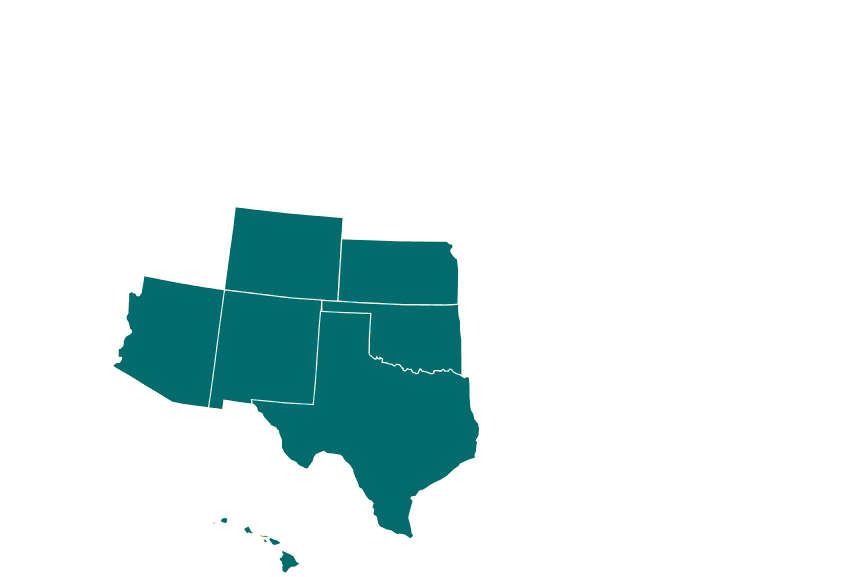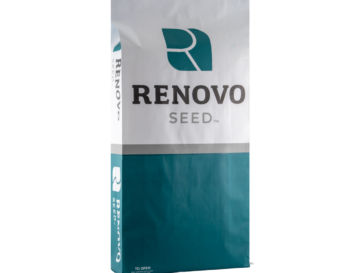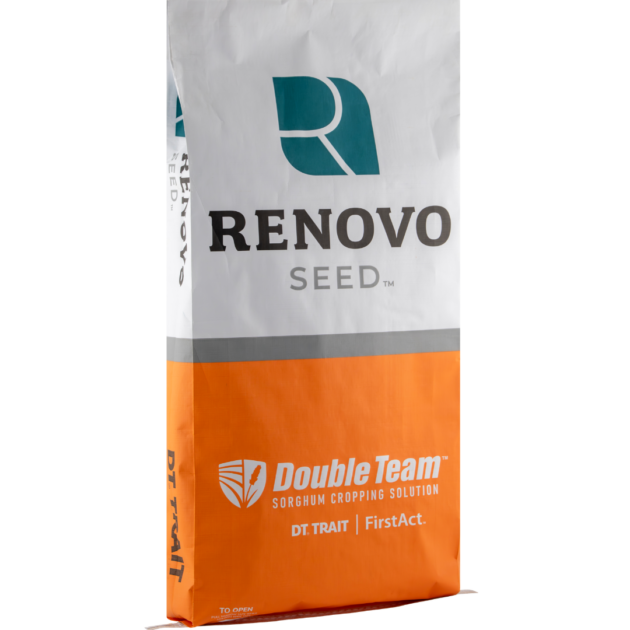
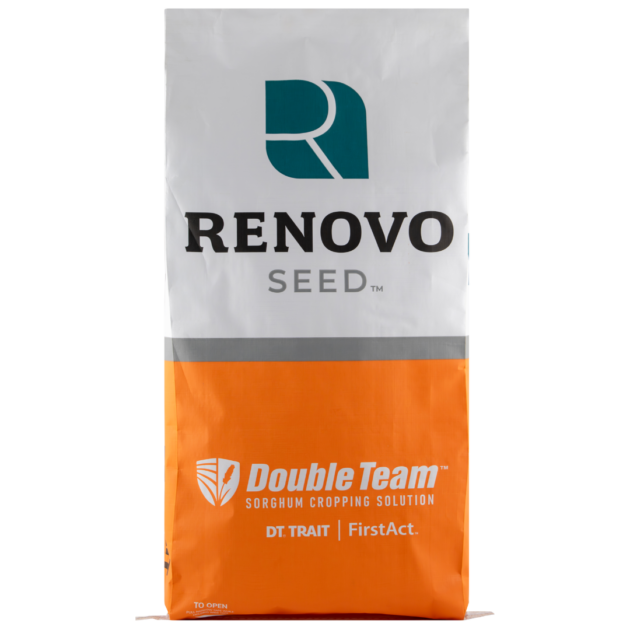
SorMax 110 Double Team™ Forage Sorghum
$225.00
| Option | With Safener |
Need some help? Contact us.
Description
SorMax 110 DT® is a forage sorghum with excellent yield, standability, and higher silage grain content than other hybrids in this class. This hybrid comes with the Double Team trait, which allows the use of FirstAct herbicide for in-crop grassy weed control. This technology provides growers control options that previously did not exist in sorghum for common problem weeds such as foxtail, barnyardgrass, sandbur, crabgrass, panicum, and more.
Double Team hybrids allow for superior control of Crabgrass, Volunteer Corn, Sandbur, Barnyardgrass, Texas Millet/Panicum, Foxtail and many more.
SorMax 110 DT® is a forage sorghum with excellent yield, standability, and higher silage grain content than other hybrids in this class. This hybrid comes with the Double Team trait, which allows the use of FirstAct herbicide for in-crop grassy weed control. This technology provides growers control options that previously did not exist in sorghum for common problem weeds such as foxtail, barnyardgrass, sandbur, crabgrass, panicum, and more.
Double Team hybrids allow for superior control of Crabgrass, Volunteer Corn, Sandbur, Barnyardgrass, Texas Millet/Panicum, Foxtail and many more.
Double Team Hybrids contain the DT trait, enabling step one of the Double Team Solution for superior control of Crabgrass, Volunteer Corn, Sandbur, Barnyardgrass, Texas Millet/Panicum, Foxtail, and many more.
Herbicide statement: Only Double Team™ Sorghum with the DT Trait works with FirstAct™ herbicide for superior grass weed control.
ALWAYS READ AND FOLLOW LABEL DIRECTIONS. To find more information on stewardship requirements for Double Team Sorghum visit doubleteamsorghum.com.
Product Guide
Weed Control

Double Team – First Act Grower Guide
DoubleTeam and FirstAct are trademarks of an ADAMA Group Company. DT is a registered trademark of S&W Seed Company. ©Copyright 2022, 2023 S&W Seed Company. All rights reserved.
Click here for more information about the Double Team ™ Sorghum Cropping Solution.
Key Advantages
- DT Trait tolerates FirstAct® Herbicide for over-the-top grass weed control
- High grain content for high quality silage
- High grain to forage ratio
- Consistent tonnage under irrigation
- 6’-7’ tall with excellent standability
Agronomic Information
- BMR: No
- Standability: 2
- Stalk Sweetness: 5
- Leafiness: 2
- Average plant height: 6-7 feet
- Harvest Method: Silage
- Dry Matter Yield: 5-7 tons
- Days to Harvest: 105-110 days
1 = Excellent, 3 = Good, 5 = Average, 7 = Low, 9 = Poor
Principle Uses
- Silage Tonnage (Forage) – 3
- Silage Quality (%Grain) – 1
- Grazing/Pasture – 7
- Greenchop – 6
1 = Excellent, 3 = Good, 5 = Average, 7 = Low, 9 = Poor
Planting & Fertility
Planting
- Seeding Depth- ¾-1’’
- Dryland Seeding Rate- 8-10 lbs/acre
- Irrigated Seeding Rate- 12-15 lbs/acre
Fertility
- Forage sorghum requires approximately 28 lbs of N, 8 lbs of P₂O₅, 42 lbs of K₂O, and 6 lbs of S per ton of forage produced.
- Make fertilizer applications based on expected yield and soil fertility levels.
- Apply ½ rate of nitrogen before or immediately after planting, and the other ½ rate 30 days after emergence.
- Do not exceed a total of 10 lbs/a of N+K if fertilizer is placed in-furrow at planting.
Harvest Management
- Forage sorghum should be cut for silage when the seedheads have reached the mid-dough stage of maturity.
- If a killing frost is received before this point, growth will stop and sorghum should be cut as it begins to wilt in the field.
- It can be direct chopped or swathed and wilted before chopping depending on harvest time and target moisture
- Nitrates: Forage sorghum can accumulate nitrates if stressed to the point of stunted growth, but when harvested for silage the ensiling process breaks down nitrates to safe levels for livestock.
- Prussic Acid: Forage Sorghum plants can accumulate prussic acid after a killing frost, but prussic acid escapes from the plant after several days. If harvested for silage after a frost, prussic acid escapes from the feed as a gas which makes sorghum silage very safe for livestock.
Multiple Regions
Every acre is different and our goal is to help you know what works best in your area. This 'Growing Regions' section showcases where this species works best. If you have any questions on product placement, feel free to contact our experts and we will help!

